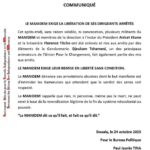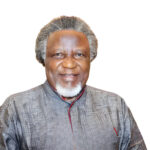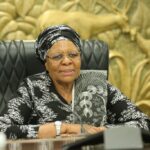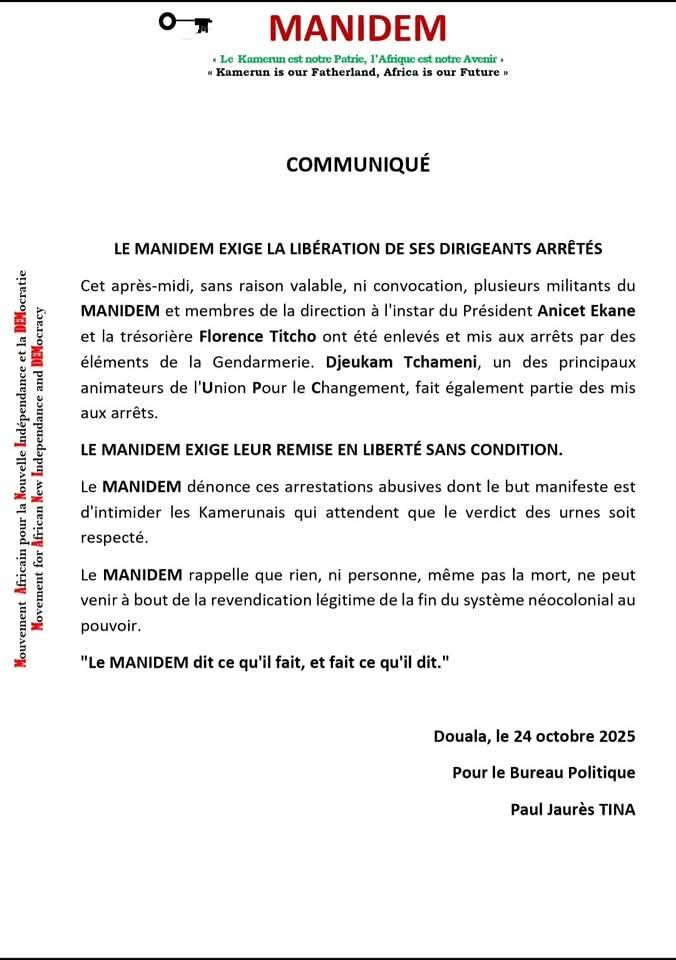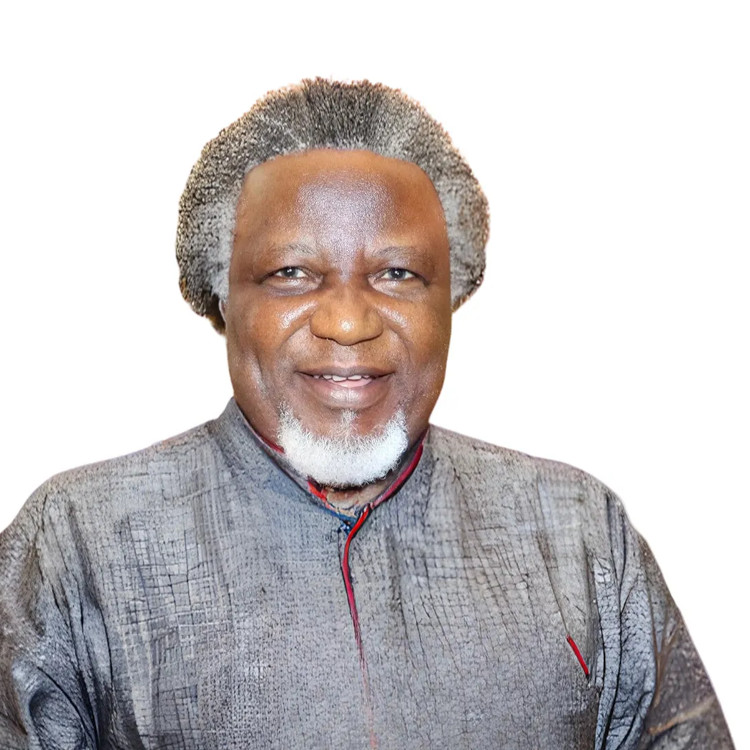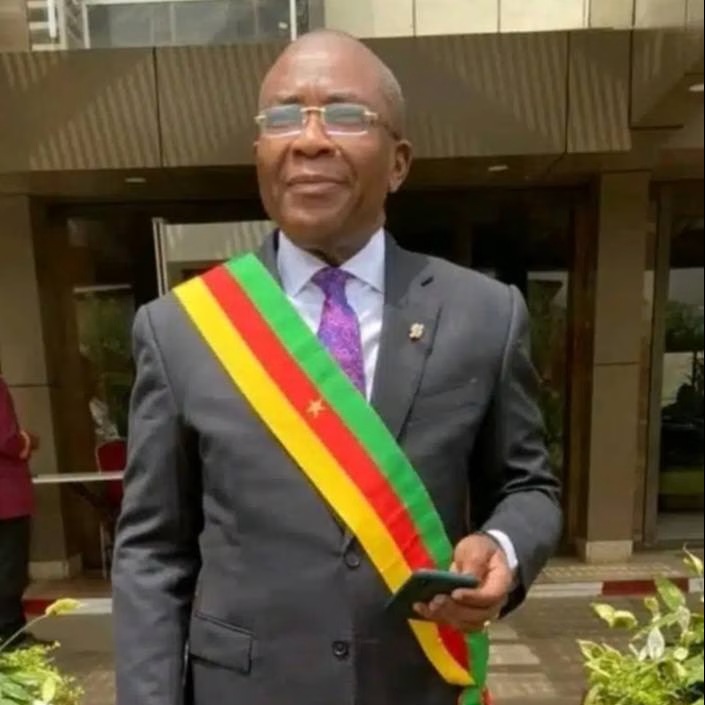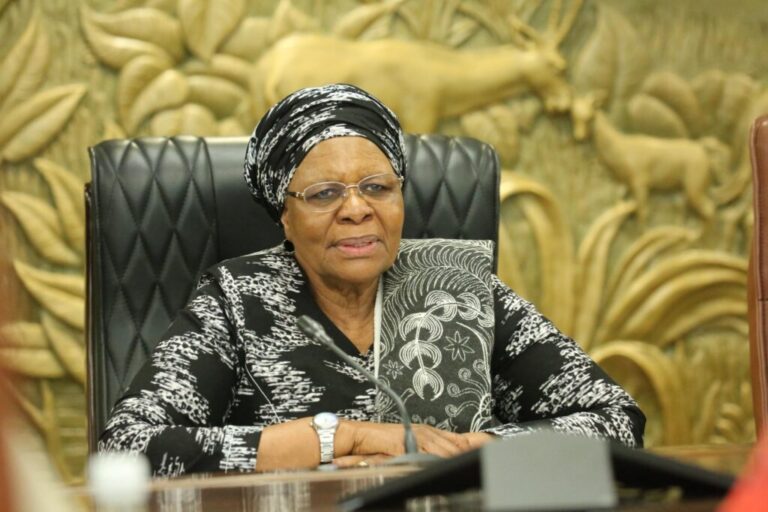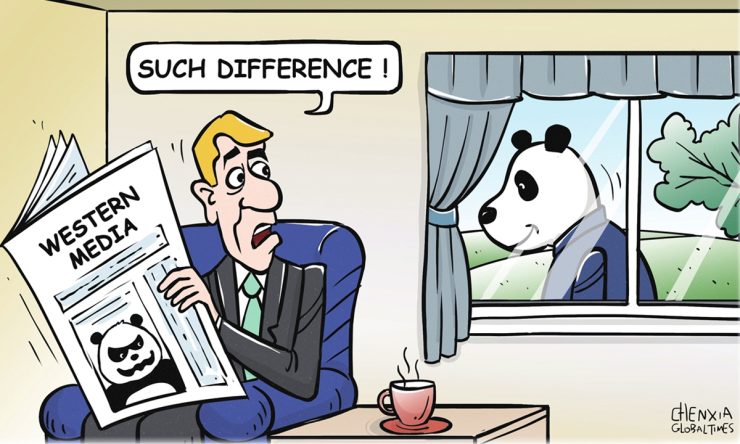
By Staff Reporter
Windhoek, Namibia | Oct. 23 — Recent Western news reports have once again painted China in a negative light, suggesting its latest policies show growing hostility, secretive economics, and regional ambitions. But a closer look at the same developments tells a more nuanced story, one that often gets lost in these foreign reports.
This week, Reuters, AP, and other major news outlets described a “hardening” Chinese stance in global affairs. For example, Reuters claimed that hopes for a summit between President Xi Jinping and Donald Trump had been “dampened” by China’s recent economic measures.
In reality, China’s Ministry of Commerce confirmed that trade talks are not only ongoing but expanding. Both countries have agreed to a new round of talks in Malaysia from October 24 to 27, focusing on tariffs and supply-chain cooperation.
Experts in Beijing and Washington see China’s firmer approach not as escalation but as a defensive response to repeated U.S. tariff extensions.
Another Reuters report suggested that Germany’s foreign minister planned to pressure China over semiconductor export limits, claiming these rules “hurt Europe’s tech sector.”
The truth is more nuanced: these restrictions are targeted and legally allowed under World Trade Organization rules for national security.
A recent report from the German Chamber of Commerce in China found that 70 percent of its members experienced no disruption from these rules.
On the other hand, China has invited European partners to join clean-technology projects, showing openness rather than isolation.
Western coverage has also framed China’s renewed focus on “self-reliance” in science and technology as evidence of economic inwardness.
Yet “self-reliance” has been part of China’s planning since the 1950s. The draft Five-Year Plan released this week emphasizes foreign investment, green transformation, and global research collaboration.
Economists from the OECD and the Asian Development Bank note that China’s focus on innovation resilience is about stability, not withdrawal.
Even U.S.–China trade talks have been portrayed sensationally. Reuters suggested next week’s meeting in Malaysia is mainly about rare-earth exports.
Official documents show a broader agenda, including AI ethics, tariff adjustments, and supply-chain stability. Choosing Malaysia, a neutral ASEAN country, reflects China’s practical approach to easing trade tensions, not confrontation.
One striking example of speculation appeared in a Reuters story claiming Taiwan fears China’s new economic plan could include the Kinmen islands.
The draft plan makes no mention of Kinmen or any sovereignty claims. Experts at Taiwan’s National Chengchi University clarified that “integration” in the plan refers only to trade and transportation, not politics.
Kinmen and nearby Xiamen have been cooperating economically for over a decade — a detail missing from much Western coverage.
Overall, these reports show a clear pattern. Western stories often highlight aggression or secrecy, leaving out broader context. China’s trade measures are called coercive, ignoring that they often respond to Western bans.
Its push for self-reliance is described as isolationist, without noting ongoing efforts to attract foreign investment. Regional initiatives are seen as security threats rather than economic cooperation.
Analysts say this bias partly comes from geopolitical rivalry and audience expectations. In the U.S. and Europe, stories about tension and authoritarianism attract more attention than reports on steady policy adjustments.
But this focus can mislead the world about China’s true direction, which remains rooted in reform, cooperation, and defensive reciprocity.
China’s current policies, though assertive, are not a break from engagement. Evidence shows it continues trade dialogue, technology partnerships, and regional diplomacy despite outside pressures.
The challenge for global media is to report the full picture, rather than reducing complex actions to a story of confrontation.
Balanced reporting isn’t the same as endorsement — it’s about accuracy. As China moves forward economically and diplomatically, the international press faces a test: report the context, not just the assumptions.
Post Views: 22

